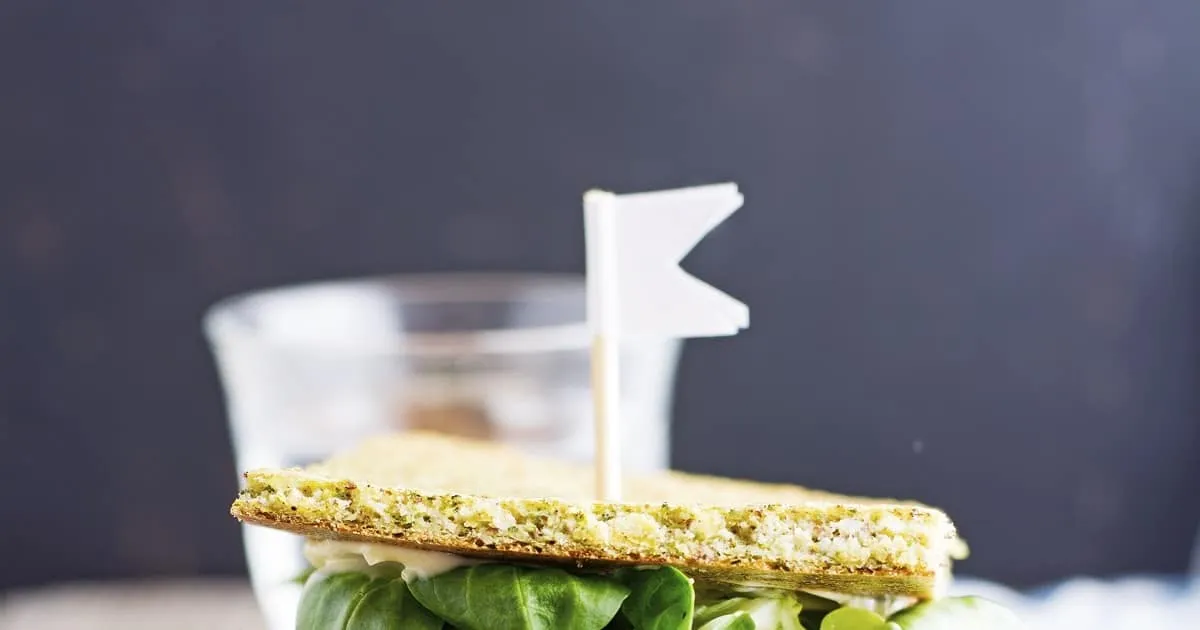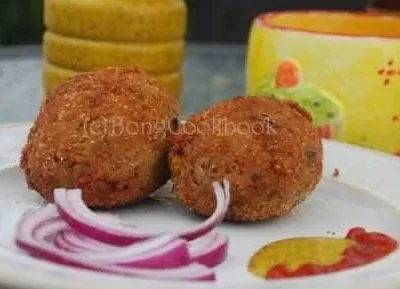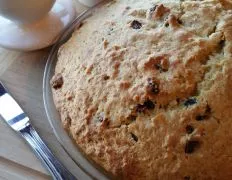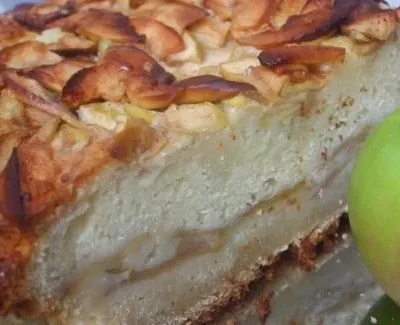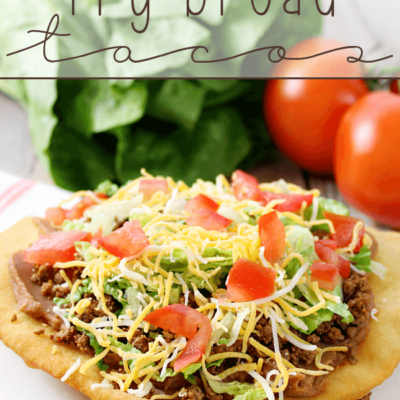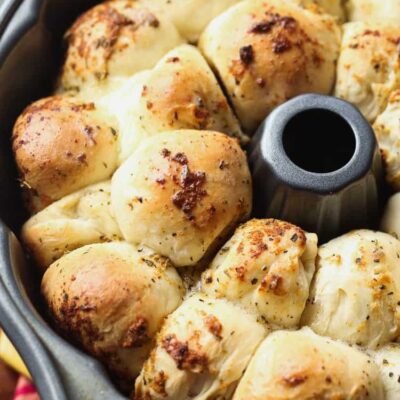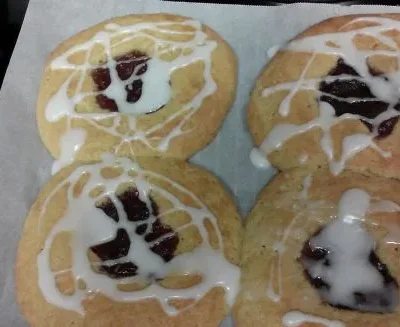Ingredients
-
6
-
6 1/2
-
2 1/4
-
1/2
-
1 1/8
-
1 1/2
-
-
-
-
-
-
-
-
-
Directions
Almond Flatbread, Have fun with this, it’s so much easier than cooking flatbread on a rock! This is good grilled too I haven’t tried this yet A little history: One of the things that is absolutely compelling about flatbreads is that they are old, really old Many of the flatbreads eaten today have changed little over the last several thousand years Flatbreads, such as sanguake in Iran, lavash in Armenia, and fetir made by the Bedouin in Israel, are all of ancient origin When people first began cultivating grain, flatbreads were an obvious solution to the problem of how to turn hard grain into edible food; the grain could be pounded into flour, mixed with water, and cooked on a hot stone The earliest method of cooking flatbreads probably involved spreading a dough or a batter over a very hot rock, then peeling the bread off from the rock when it had finished cooking, a method still used by the Hopi in making their remarkable blue corn piki bread Adapted from the California Almond Board , Have fun with this, it’s so much easier than cooking flatbread on a rock! This is good grilled too I haven’t tried this yet A little history: One of the things that is absolutely compelling about flatbreads is that they are old, really old Many of the flatbreads eaten today have changed little over the last several thousand years Flatbreads, such as sanguake in Iran, lavash in Armenia, and fetir made by the Bedouin in Israel, are all of ancient origin When people first began cultivating grain, flatbreads were an obvious solution to the problem of how to turn hard grain into edible food; the grain could be pounded into flour, mixed with water, and cooked on a hot stone The earliest method of cooking flatbreads probably involved spreading a dough or a batter over a very hot rock, then peeling the bread off from the rock when it had finished cooking, a method still used by the Hopi in making their remarkable blue corn piki bread Adapted from the California Almond Board
Discover ground-breaking new supplements! SHOP & SAVE
Steps
|
1
Done
|
In Mixer Bowl, Stir Together 3/4 Cup All-Purpose Flour, 3/4 Cup Whole Wheat Flour, Salt and Yeast. Add Water; Mix at Low Speed With Paddle For 2 Minutes. Add Remaining Whole Wheat Flour; Mix at Medium Speed Until Blended. Add Remaining All-Purpose Flour, 1/4 Cup at a Time, Until Soft Dough Forms. (you May not Need to Add All the All-Purpose Flour; Dough Should Be Soft but not Sticky.). |
|
2
Done
|
With Dough Hook, Knead Dough at Medium Speed For About 8 Minutes or Until Elastic. Form Dough Into Ball and Place in Lightly Oiled Bowl, Turning to Coat. Cover With Plastic Wrap; Let Rise in Warm Place Until Doubled in Bulk. |
|
3
Done
|
Remove Plastic; Punch Down Dough With Your Fist. Cover and Let Rise 30 Minutes More. |
|
4
Done
|
Heat Oven to 400 Degrees F. |
|
5
Done
|
Divide Dough Into 6 Pieces; Form Each Piece Into a Ball. Cover With a Towel and Let Rest For 5 Minutes. |
|
6
Done
|
Roll 1 Piece of Dough as Thin as Possible. With Your Hands, Lift and Stretch Dough as Thin as You Can Without Tearing, Rotating Dough as You Work, Until Round Is About 8 Inches in Diameter. Sprinkle With 1 Tablespoon Almonds, Pressing Them in Gently. Repeat With Remaining Dough to Make 6 Rounds. |
|
7
Done
|
Place Rounds on Baking Sheets; Bake For About 10 Minutes or Until Brown in Spots. Cool on Rack. |

